The History of the Cave
Over the ages
There was a long human occupation of the Cosquer Cave, from 33,000 BP to 19,000 BP, consisting of two major, almost uninterrupted, phases of human occupation. These dates have been obtained from around sixty Carbon-14 dating tests performed on forty-one samples collected between 1992 and 2012.
Hence, the first human occupation of the cave was contemporary to the last human occupation of the Chauvet Cave, while the last human occupation was contemporary to the human occupation of the Lascaux Cave. Notable examples of ‘contemporary’ caves include the large cave of Arcy-sur-Cure (28,000 BP – Yonne), the Cussac Cave (29,000 BP – le Buisson-de-Cadouin, Dordogne), the Pech-Merle Cave (29,000 BP – Cabrerets, Lot), and the Cougnac Cave (30,000 BP– Payrignac, Lot).

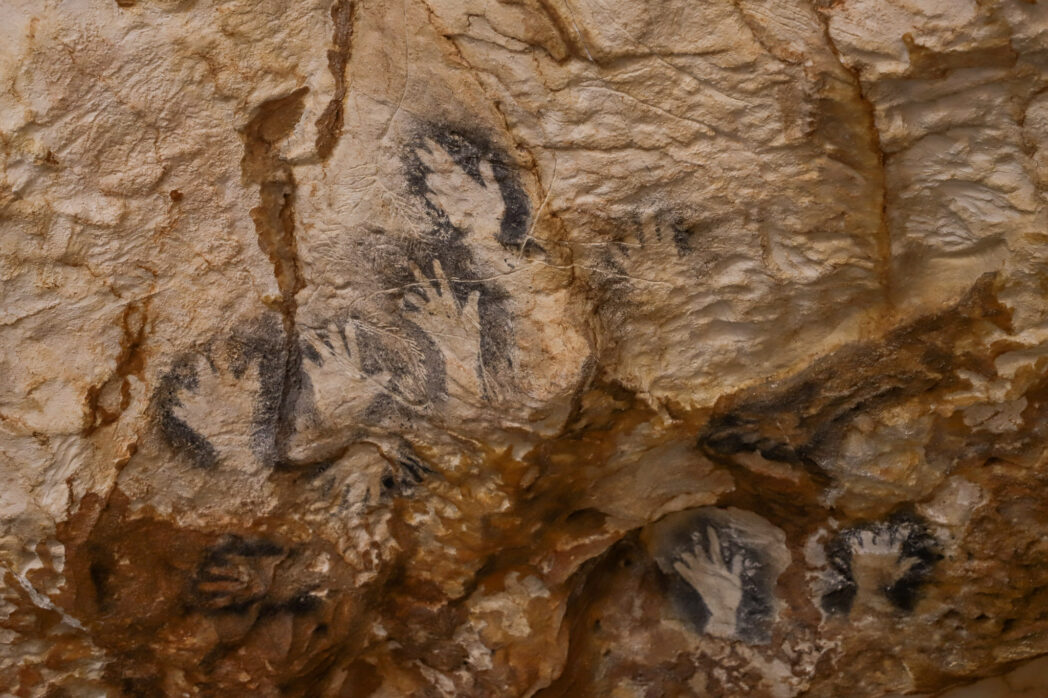
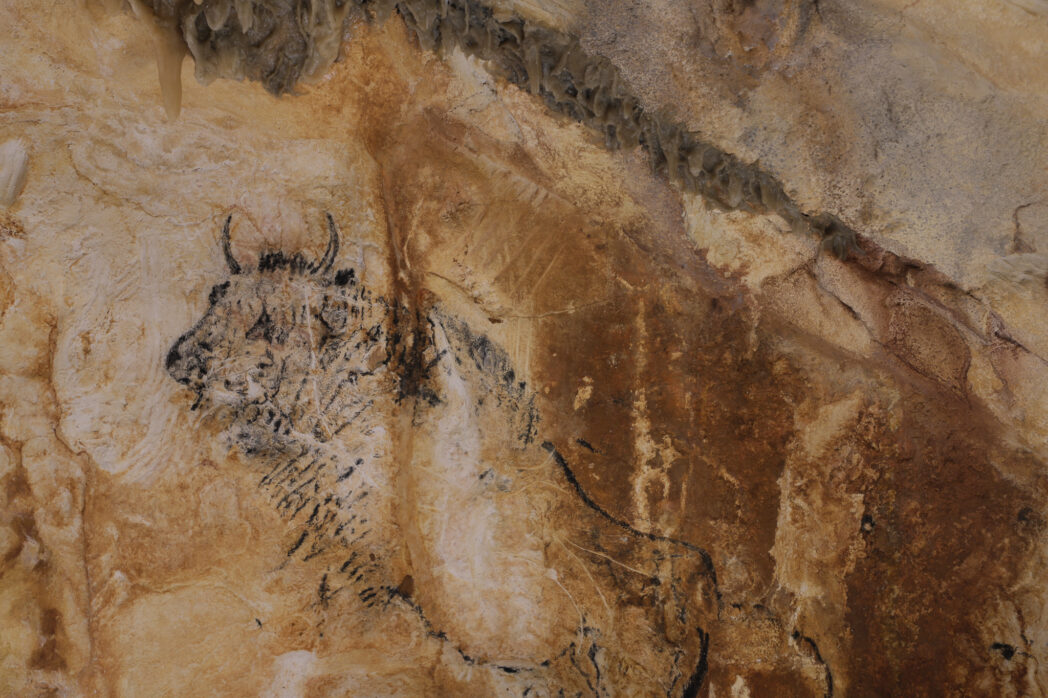
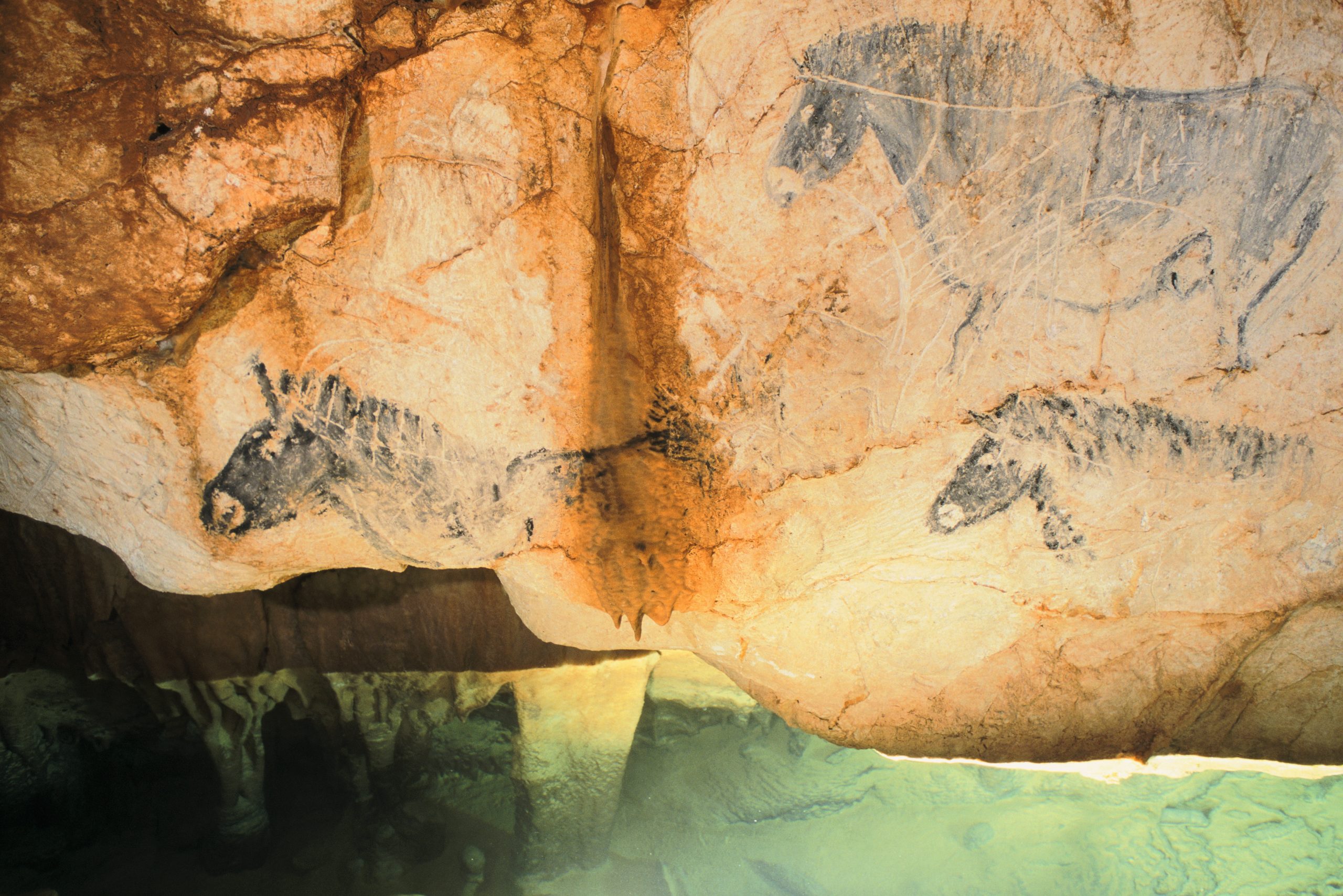
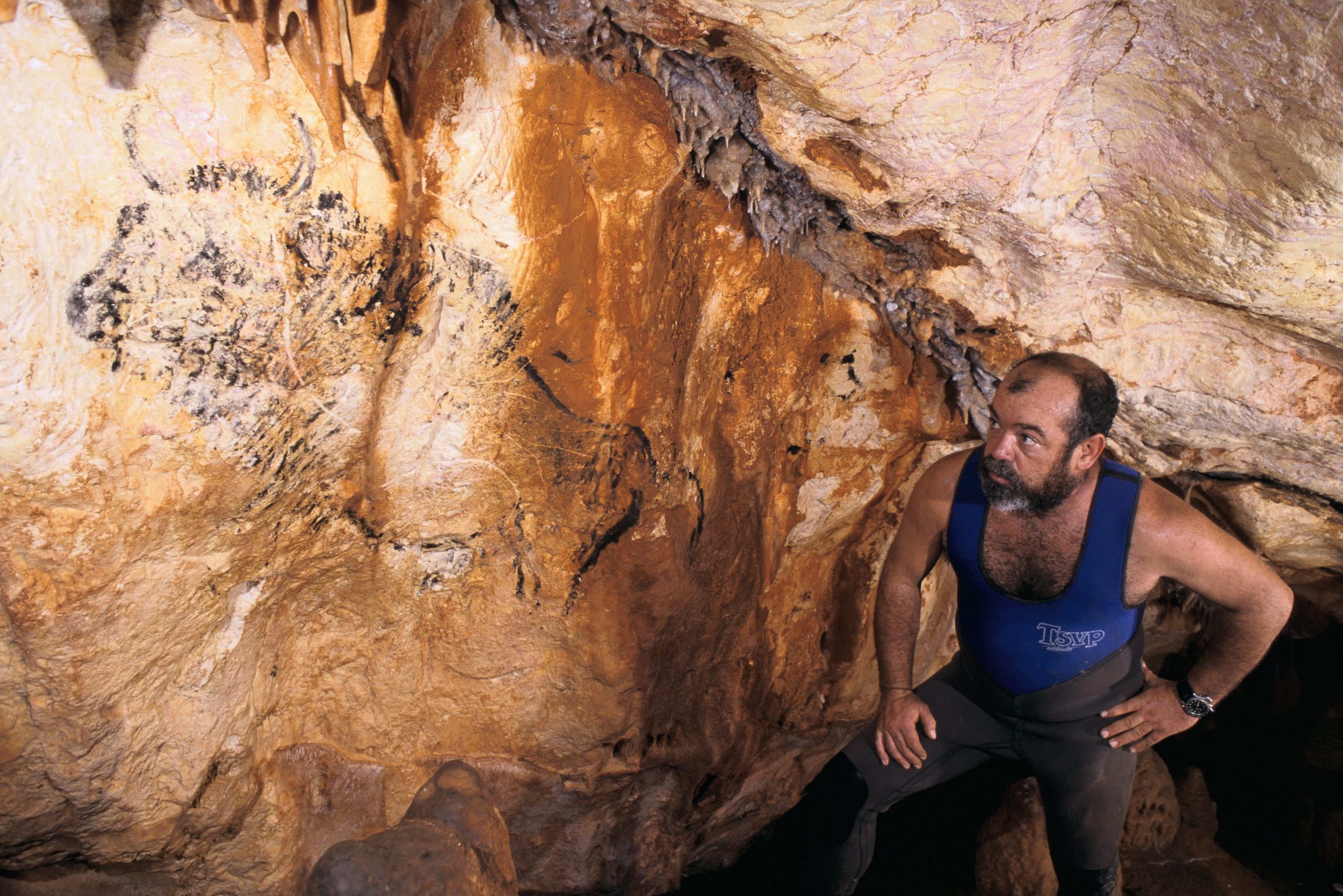
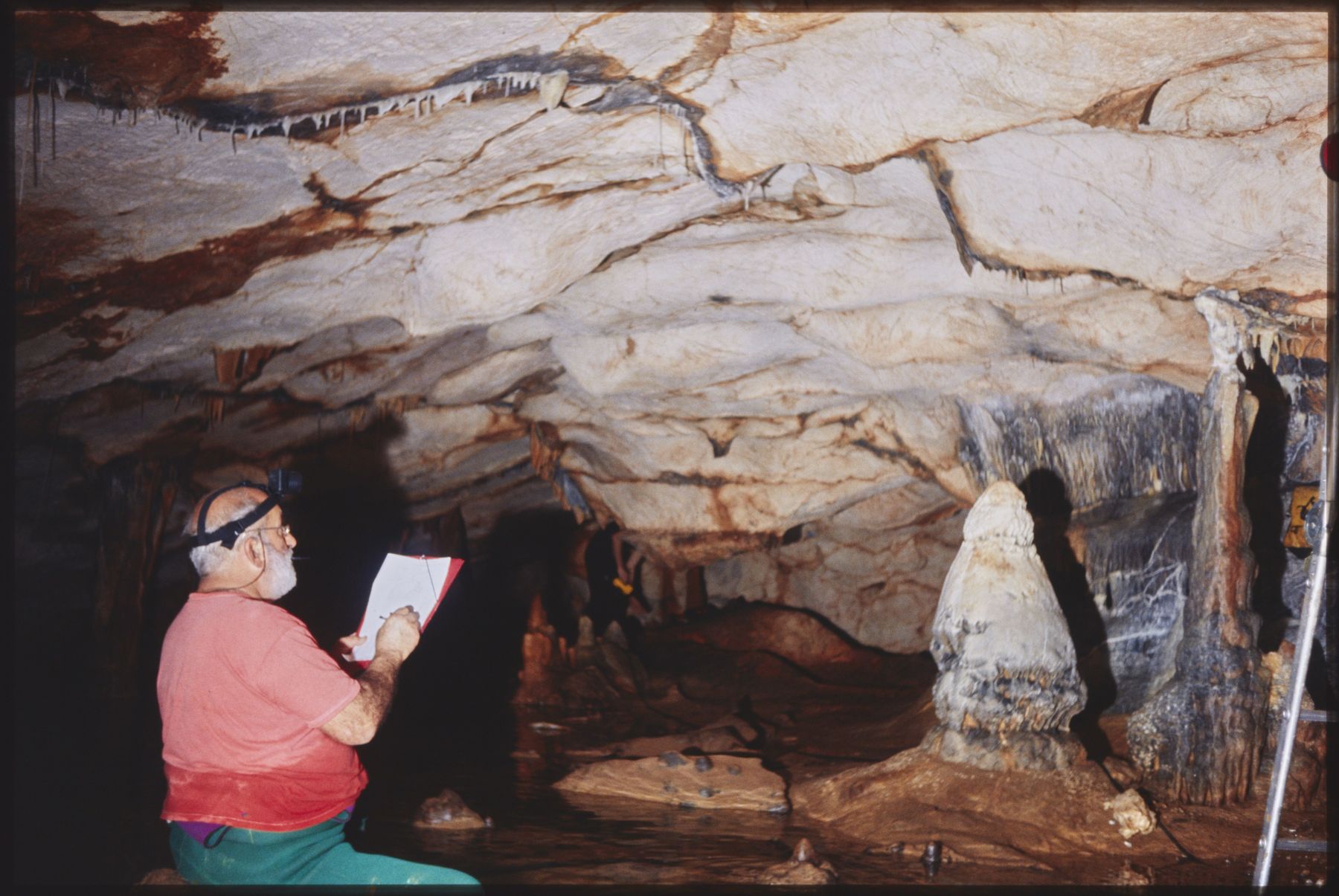
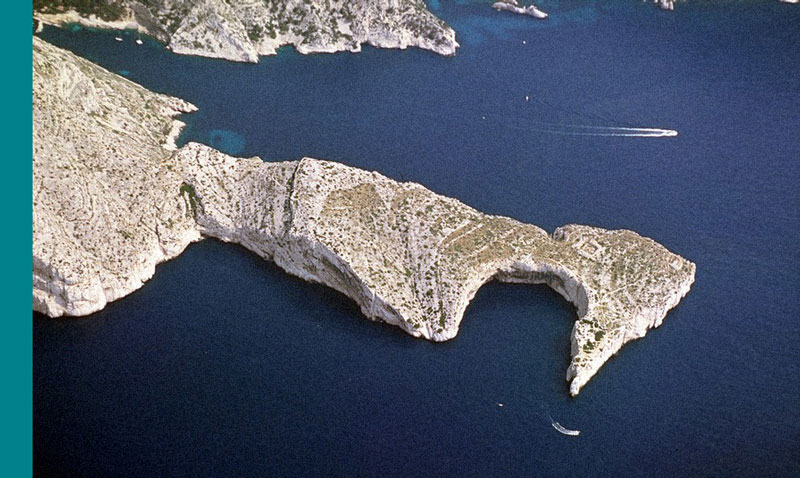
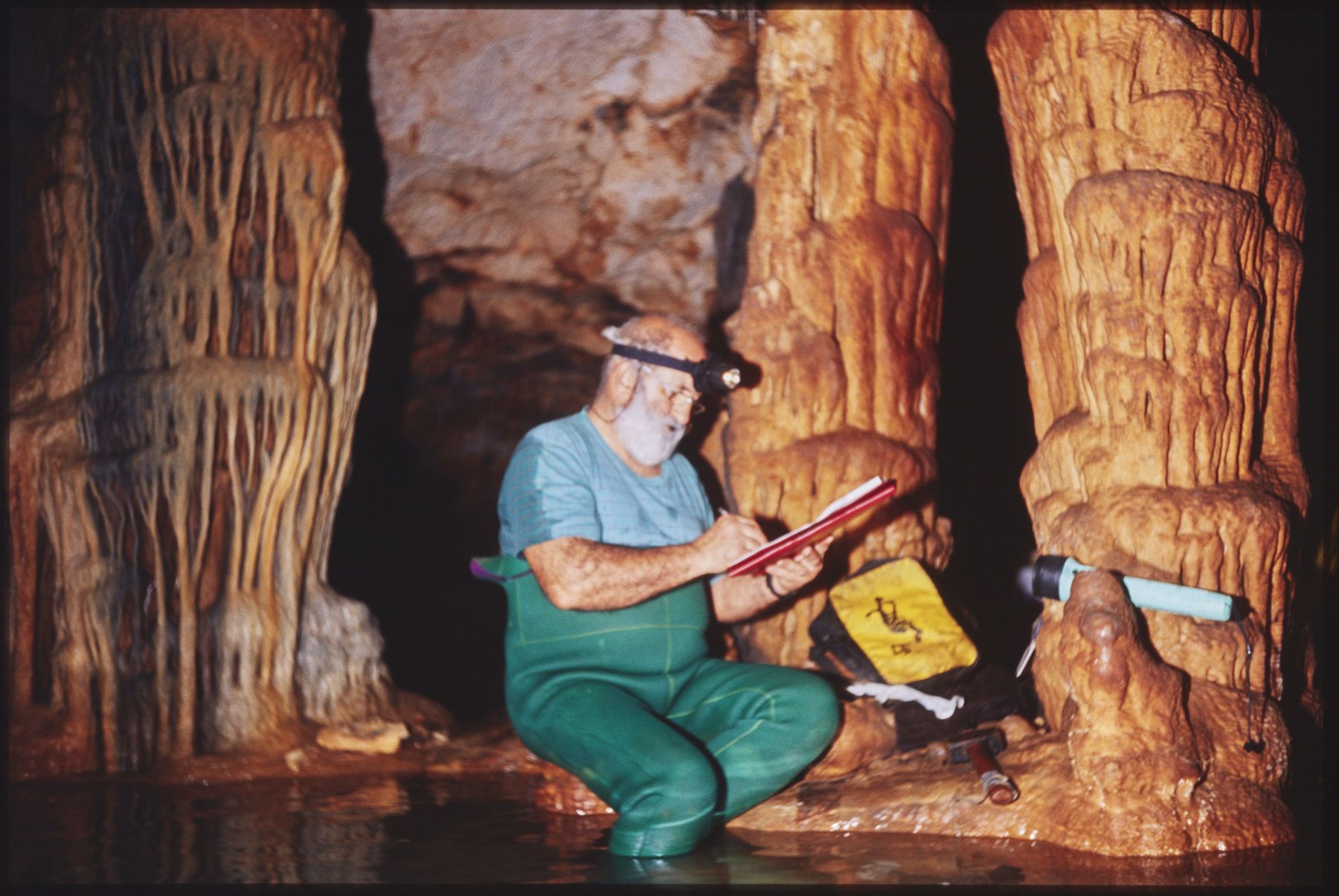
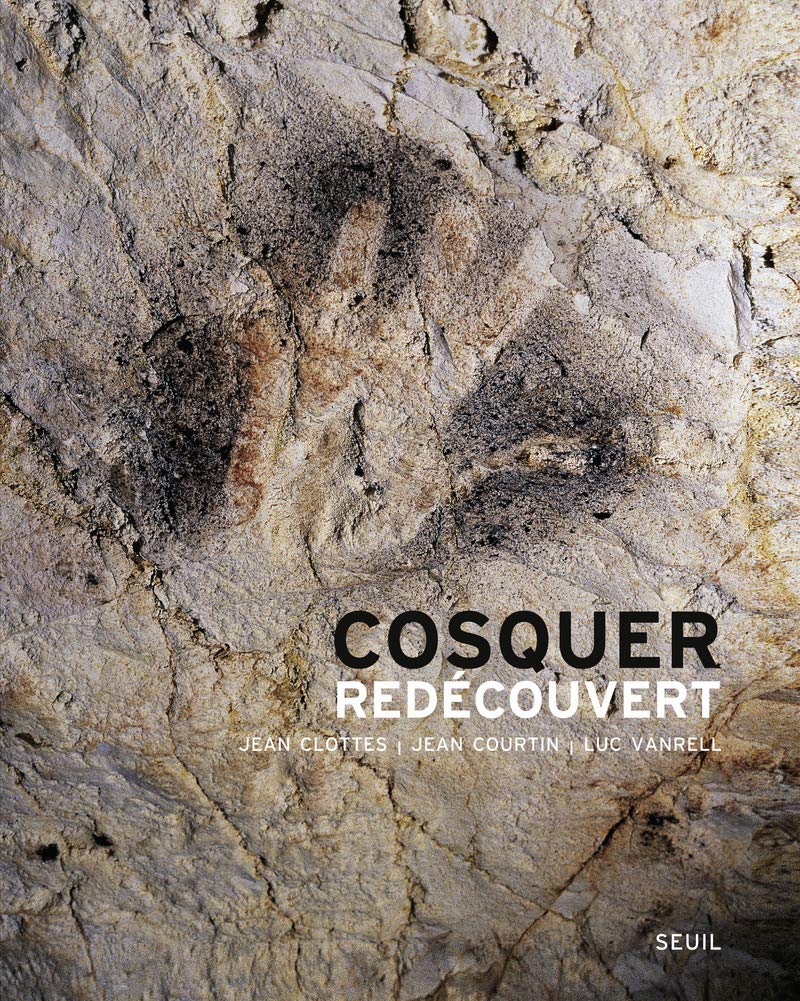
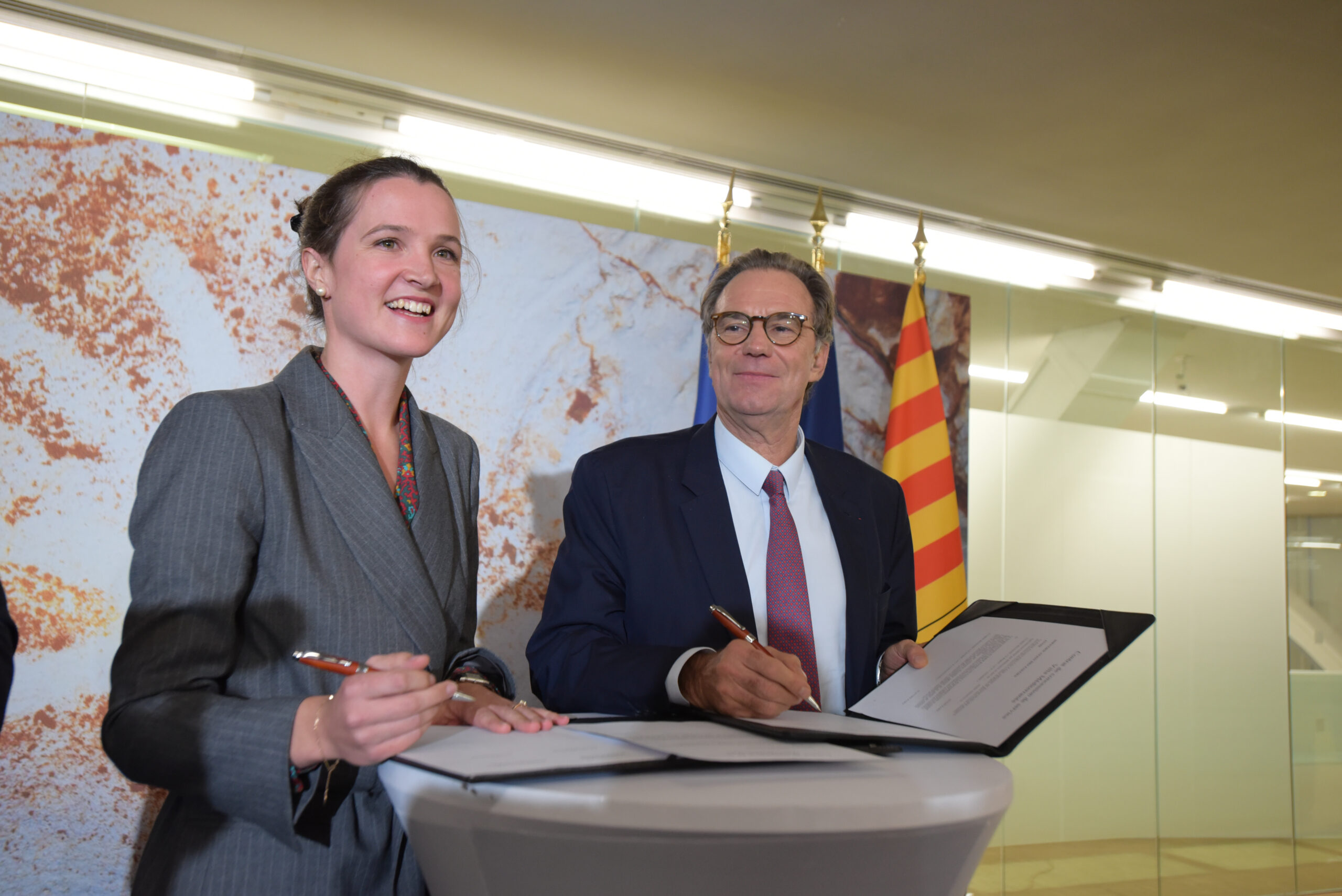
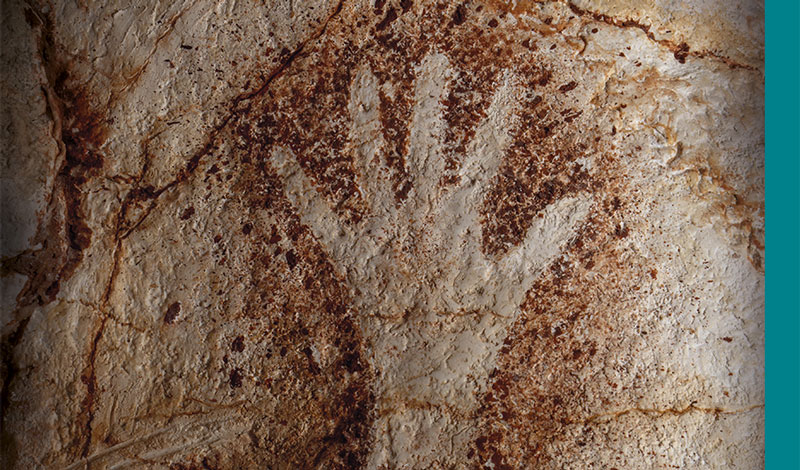
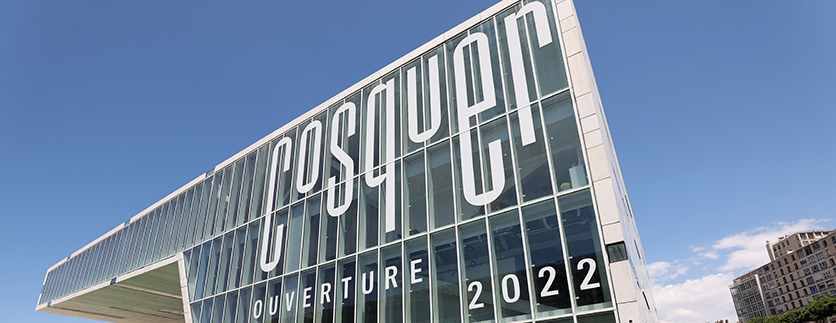

The Cosquer Cave: a major site of cave art
THE VERY LONG HUMAN OCCUPATION OF THE CAVE, THE DIVERSITY OF ITS BESTIARY, AND THE TRACES OF HUMAN ACTIVITY ARE ALL ELEMENTS THAT MAKE THE COSQUER CAVE ONE OF THE MAJOR EUROPEAN SITES OF PALAEOLITHIC CAVE ART IN THE MEDITERRANEAN REGION. AND THE CAVE’S LOCATION NEAR MARSEILLE ATTESTS TO THE FACT THAT THE AREA AROUND THE FAMOUS CITY HAS BEEN OCCUPIED BY PEOPLE FOR MUCH LONGER THAN 26 CENTURIES …
The cave’s location near Marseille attests to the fact that the area around the famous city has been occupied by people for much longer than twenty-six centuries …
in the context of Palaeolithic art as a whole, the originality of the Cosquer rock art lies in the figurative depictions of sea animals: the famous penguins and seals, which, although they are not unique (six paintings have, for example, been discovered in the Nerja Cave in Spain), have become emblematic of the Cosquer Cave. The presence of two saiga antelopes in the rock art bestiary is also of some interest, as the few representations of this animal are quite often found on movable objets d’art and are attributed to the Magdalenian culture.
In Provence, the only other known site of rock art is the ‘bison’ rock shelter in Ségriès (Moustiers Sainte-Marie, Alpes de Haute Provence). There is a single, small bison (18 cm in length) engraved on the limestone wall of this rock shelter. It has characteristics similar to the bison engraved in the Cosquer Cave: Y-shaped limbs and U-shaped horns, which has led some researchers to conclude that this engraving was made during the same period as those in the submerged cave.
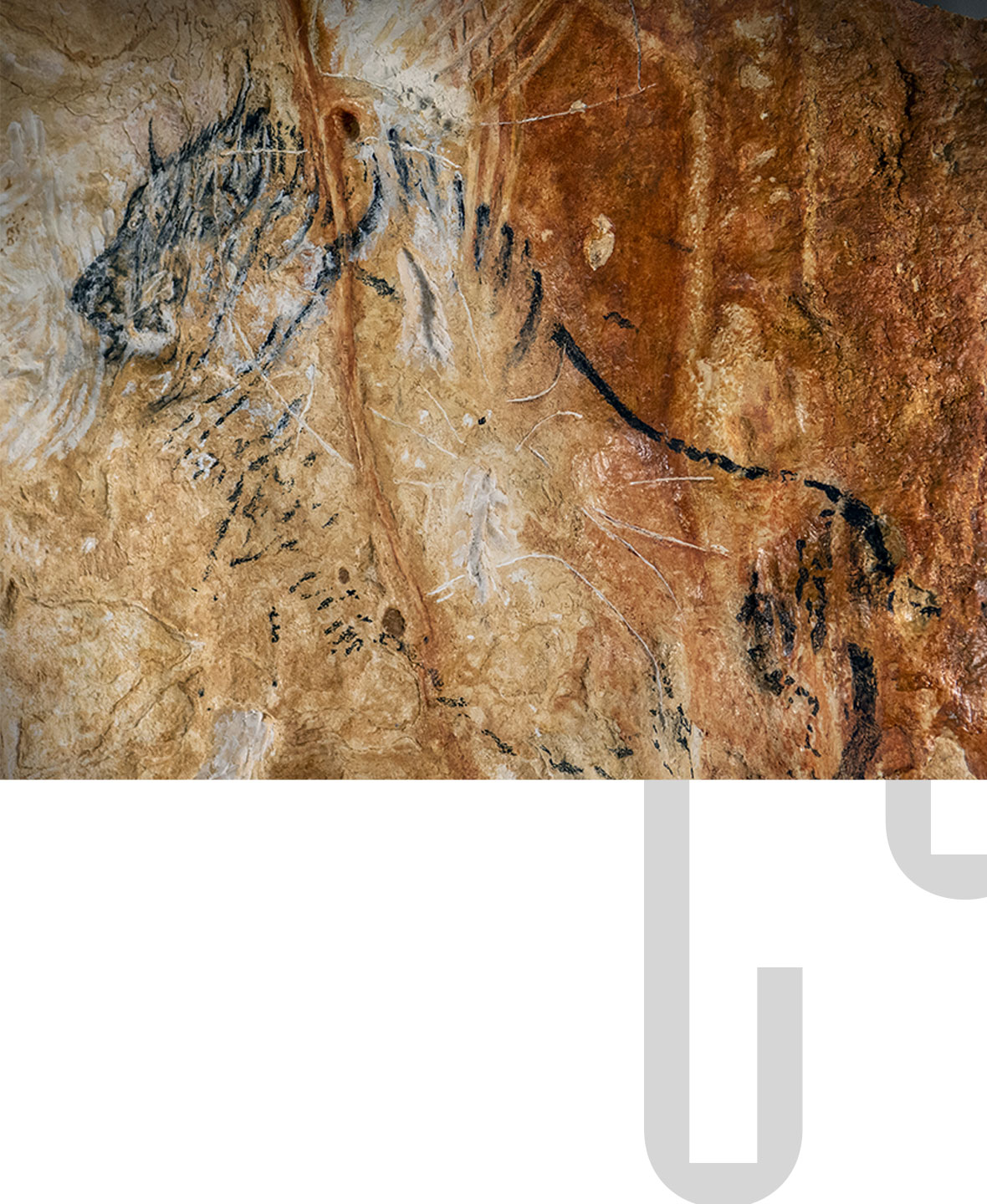
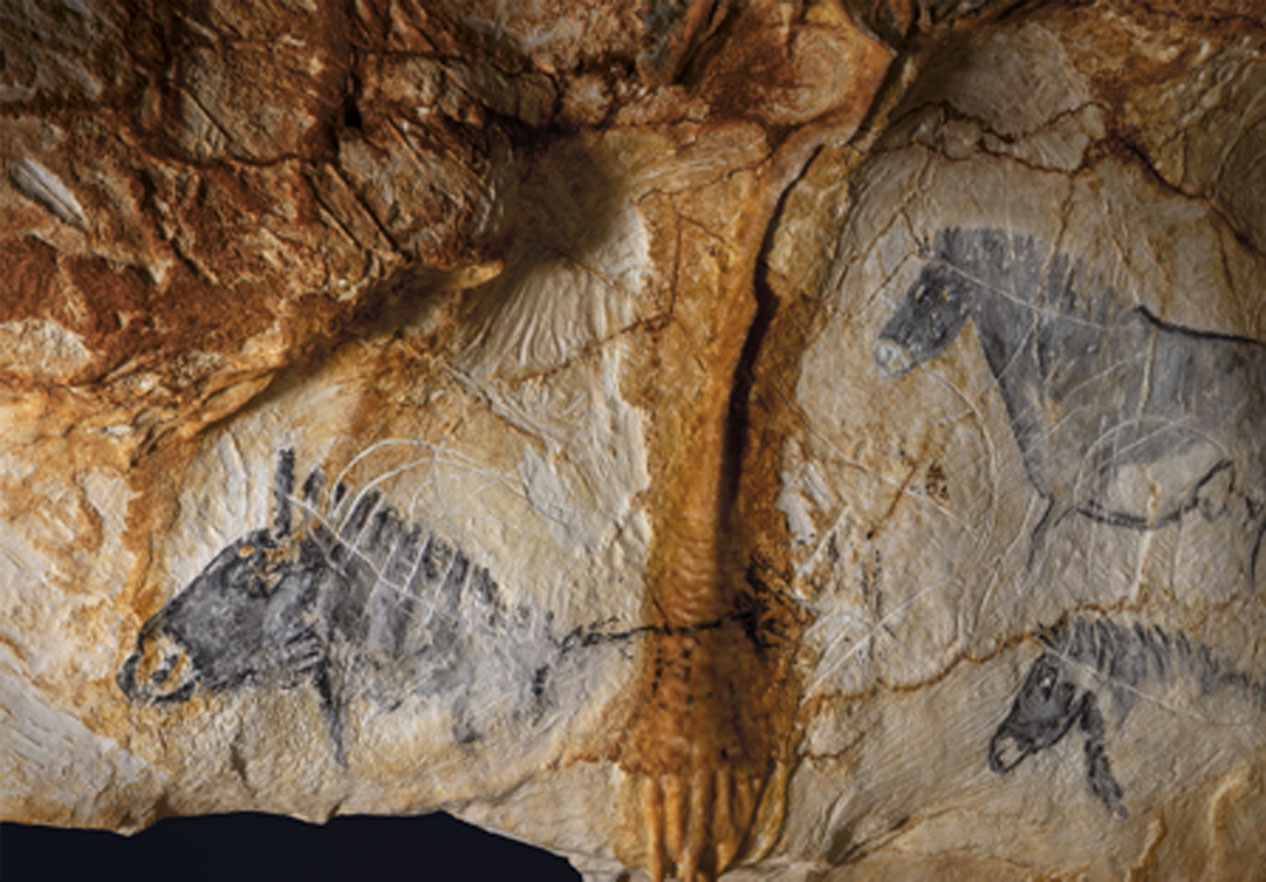
A submerged and fragile cave threatened by rising sea levels
THE COSQUER CAVE IS IN DANGER OF DISAPPEARING. THE PROCESS OF DISINTEGRATION BEGAN 10,000 YEARS AGO: SINCE THE END OF THE LAST GLACIAL PERIOD, THE RISING SEA LEVELS HAVE SUBMERGED FOUR FIFTHS OF THE CAVE.
The remaining fifth that has remained dry is now being threatened by the same phenomenon, due to global warming. At a rate of around 3 mm per year, the effects are already visible, as observed by the research divers. The legs of a horse close to the water have already disappeared, swallowed by the sea, whose level also varies according to the tides, with differences of more than 15 cm.
The submersion of the cave has had damaging and irreversible effects. It is estimated that the submerged surfaces represent three quarters¾possible four fifths¾of all the cave’s surfaces. Keeping in mind that all the ‘practicable’ surfaces for artistic expression and within reach of the artists were used in the exposed areas, it can be assumed that a considerable number of works have already been lost.
‘We know that very little can be preserved in this site in France. Something is lost every day in the cave and that’s why excavations have become a matter of urgency.’
Geneviève Pinçon, Director of the national centre for prehistory
The cave is on the brink of disappearing
SINCE THE BEGINNING OF THE INDUSTRIAL ERA, TEMPERATURES HAVE RISEN. THIS IS DUE TO THE HIGHER ATMOSPHERIC CONCENTRATION OF CARBON DIOXIDE THAT ENHANCES THE GREENHOUSE EFFECT.
As early as 1896, the Swedish chemist Svante Arrhénius calculated the effect of carbon dioxide on the climate. In an article, he suggested that if atmospheric concentrations of carbon dioxide were to double due to anthropogenic emissions, global temperatures could increase by about 5°C (the most recent estimations are around 3.5°C).
It is largely for this reason that the climate is warming and that an episode of deglaciation is underway. But although ice sheet melting is responsible for 70% of the expected rise in sea levels, 30% of that is due to the thermal expansion of seawater, which is absorbing 90% of the increased atmospheric heat.
Sea levels are rising by several millimetres every year due to the phenomenon of atmospheric warming. The forecasts suggest that the phenomenon may accelerate in the coming years, due to certain feedbacks such as the phenomenon called the albedo effect (albedo is the proportion of the incident light or radiation that is reflected by a surface, typically that of a planet or moon) and rising concentrations of greenhouse gas pollution.
That is why the project to create a permanent replica of the Cosquer Cave, which is open to everyone, is vital and valid. The natural disintegration process began more than 10,000 years ago, and complete submersion is inevitable as a result of a steady rise in the water level in the cave.




